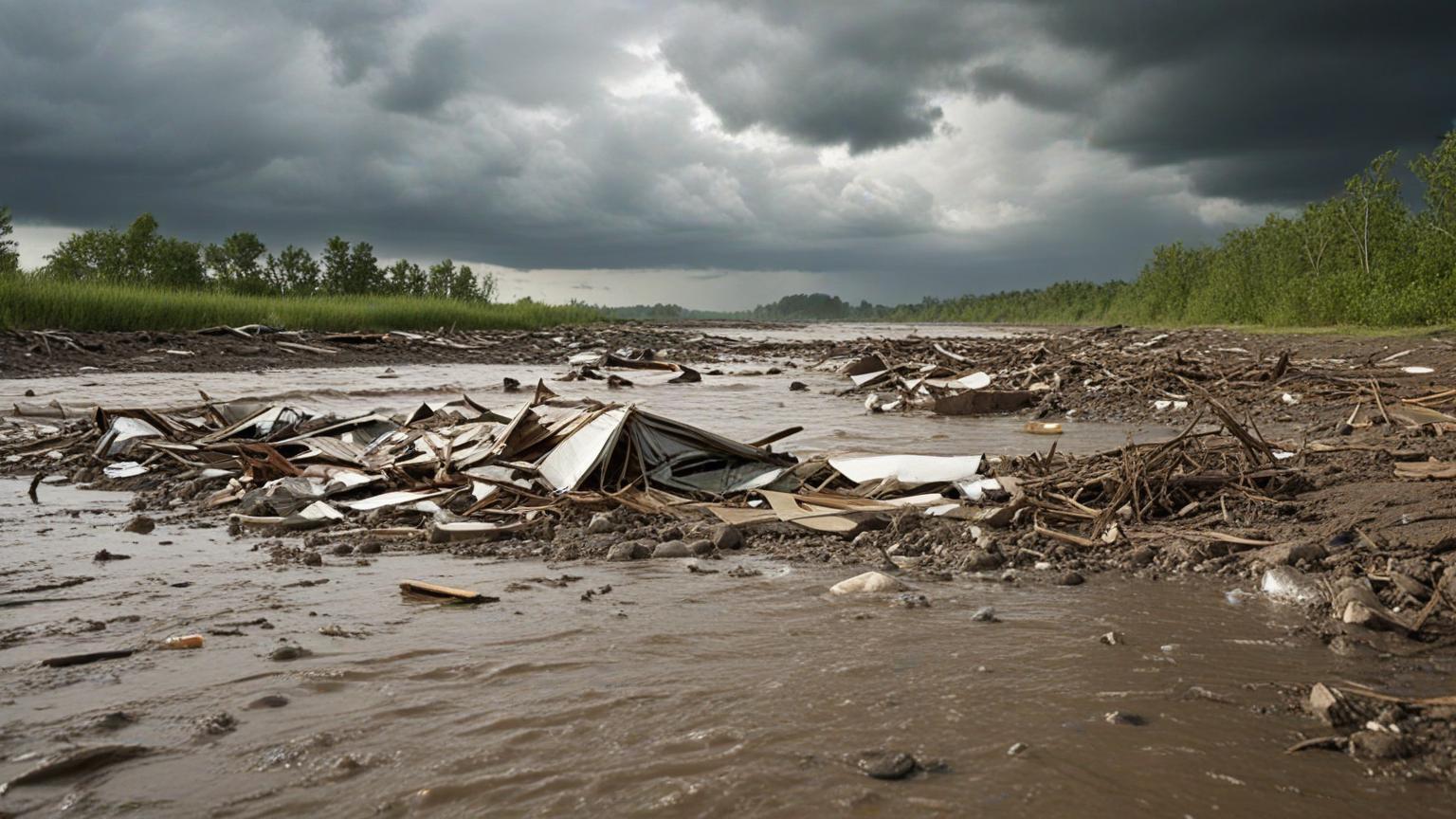Insurance has long been a cornerstone of financial stability, a bastion against the vicissitudes of life. But as our planet endures sweeping changes, driven mainly by climate change, the insurance industry is in the midst of a paradigm shift that demands attention. Let’s delve into how climate change is transforming the sector and what insurers are doing to adapt.
The Earth is warming at an unprecedented rate, causing more frequent and severe weather events. Hurricanes rage with increased ferocity, wildfires engulf landscapes with alarming regularity, and floods surge where they historically have not. This uptick in natural disasters is sending ripples through an insurance industry tasked with covering the damages such events incur. In the past, actuarial tables were sufficient for predicting and managing risk, but climate change challenges the efficacy of these traditional methodologies.
Insurers are grappling with a surge in claims due to natural disasters. The National Oceanic and Atmospheric Administration (NOAA) reported that in 2022 alone, the United States experienced 22 separate billion-dollar weather and climate disasters. This is not an isolated phenomenon, as similar stories unfold around the globe. The strain on the insurance system is palpable, with some firms retreating from high-risk zones altogether while recalibrating policies to prevent untenable payouts.
In response, innovation is key. Many insurers are turning to cutting-edge technologies and data analytics to predict and mitigate risks more precisely. Satellite imagery and remote sensing allow for the real-time monitoring of weather patterns, aiding in the proactive management of potentially catastrophic events. Moreover, big data and artificial intelligence are being leveraged to construct more resilient risk models that better reflect the complex and dynamic nature of climate risk.
Insurers are also becoming more proactive in advocating for sustainable practices. Some are offering incentives for policyholders who make environmentally-friendly decisions, such as installing solar panels or employing water-saving techniques. By fostering a culture of sustainability, insurers not only help reduce the impact of climate change but also cultivate a more resilient client base.
Furthermore, governments and international bodies are increasingly working with insurers to develop frameworks and regulations that address these challenges. The rising need for 'climate risk insurance' is becoming a focal point in policy discussions. Such insurance products are crafted to specifically cover the unique nuances of climate-related perils, ensuring that coverage gaps do not leave individuals and businesses vulnerable.
Critically, public awareness and education play an integral role in this transformation. Empowering policyholders to understand their exposures and take preventive actions can significantly ameliorate losses. Insurers that double as educators, providing resources and advice, foster loyalty and establish themselves as partners in protection rather than mere service providers.
Yet, the journey comes with its hurdles. Skeptics question whether enough is being done to address underlying issues, such as carbon emissions and reliance on fossil fuels. As insurers navigate this complex maze, continuous adaptation and innovation remain critical. The stakes are high, and complacency is not an option.
In summary, climate change is reshaping the insurance landscape in profound ways. Insurers must evolve to stay ahead of the storm, leveraging technology, promoting sustainable practices, and strengthening partnerships with governments and policyholders. As we face an increasingly volatile environment, the industry’s resilience and adaptability will be paramount in weathering the climate storm.
navigating the storm: how climate change is reshaping the insurance landscape

